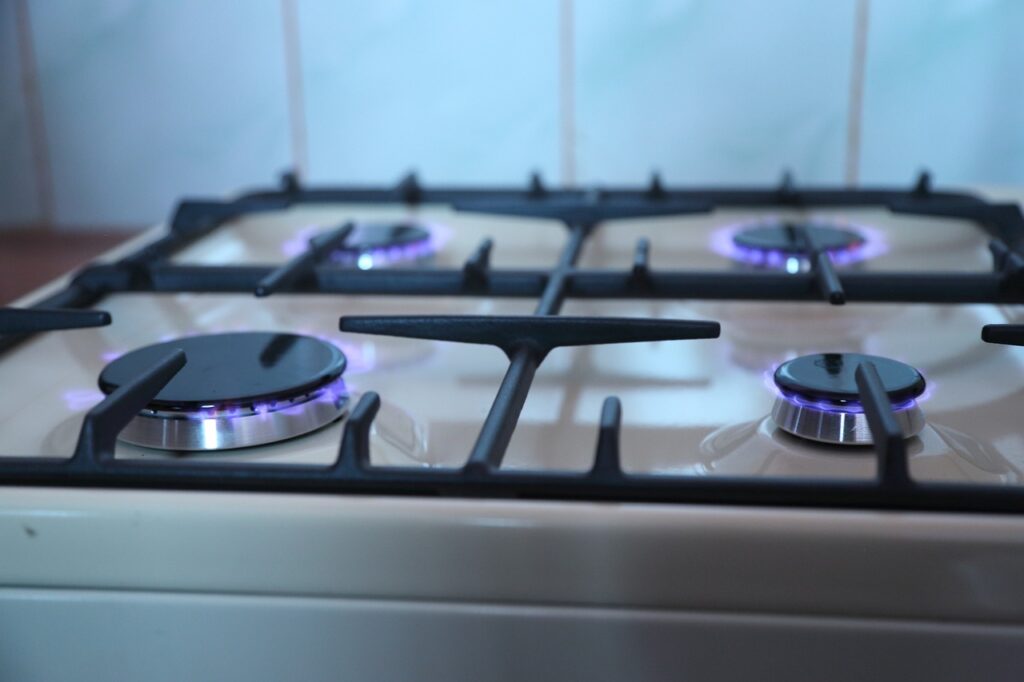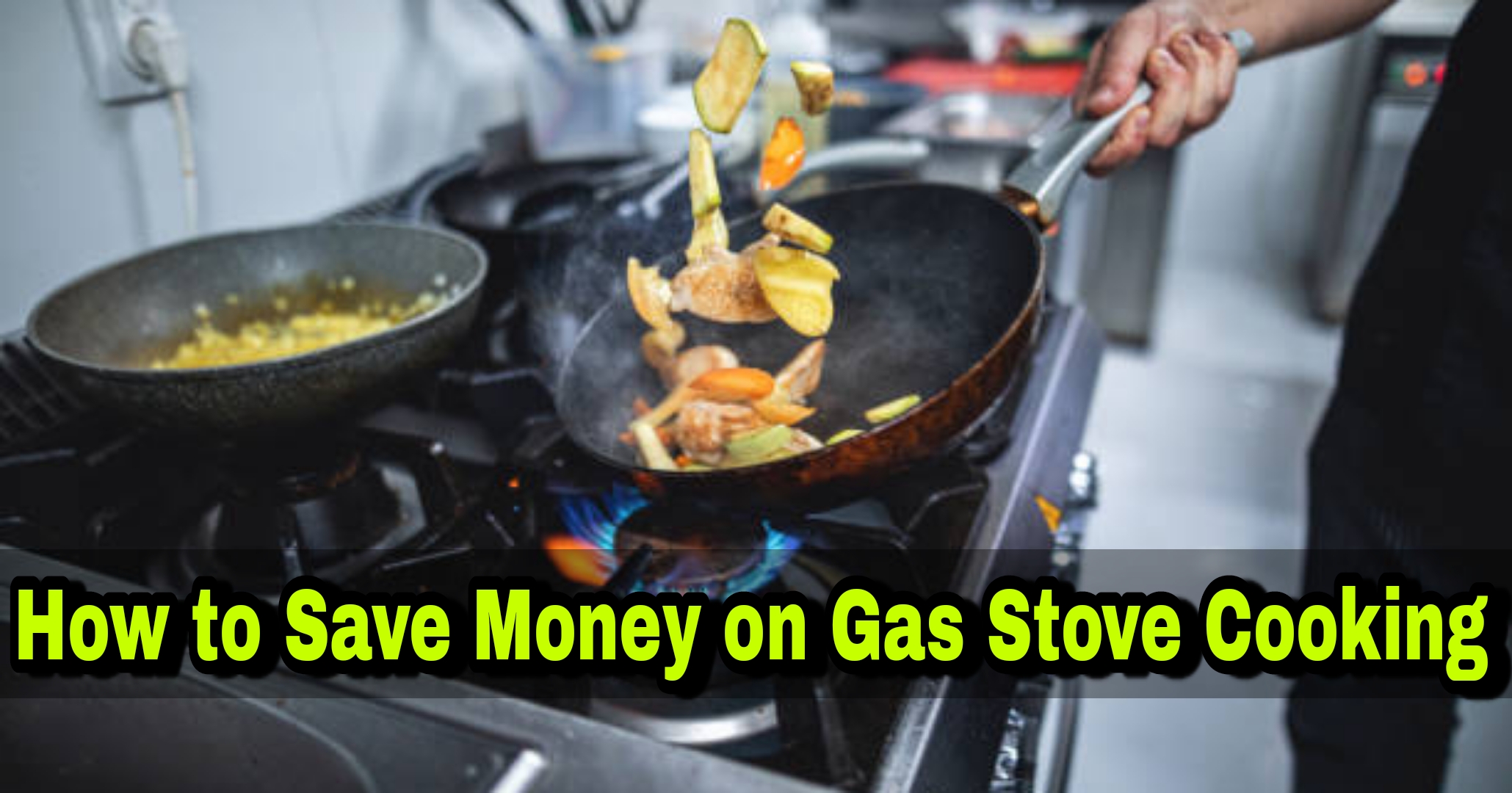Save Money on Gas: Efficient Cooking Tips for Your Gas Stove
Cooking efficiently on a gas stove not only helps you save money on gas but also enhances the quality of your meals. Here are some practical tips to maximize your cooking efficiency while minimizing gas consumption.

Choose the Right Pot Size
Using a pot that fits the size of the burner is crucial for efficient cooking. If the pot is too small, flames may escape, wasting heat and gas. Conversely, using a pot that is too large can also lead to inefficient cooking. For smaller families, opt for smaller pots, while larger families should use larger pots or cook in batches. This ensures that heat is concentrated where it’s needed most, reducing cooking time and enhancing flavor.
Adjust the Flame Properly
One of the most common mistakes when cooking on a gas stove is using an overly large flame. A flame that extends beyond the bottom of the pot not only wastes gas but can also lead to burnt food. Adjust the flame so that it just touches the bottom of the pot. This allows for quicker boiling and more efficient cooking while preventing heat from radiating unnecessarily into the air.
Stay Focused While Cooking
Distractions during cooking can lead to longer cooking times and potential mishaps, such as spills or burnt food. To conserve gas and ensure food quality, stay focused on your cooking tasks. Avoid multitasking with your phone or engaging in conversations that take your attention away from the stove. By concentrating on your cooking, you can complete meals more quickly and efficiently.
Keep Your Gas Stove Clean
A clean gas stove operates more efficiently. Regular cleaning prevents rust and buildup that can obstruct the ignition ring and affect flame stability. An unstable flame not only wastes gas but can also pose safety risks. Make it a habit to wipe down the stove after each use to keep it in good condition. Additionally, placing a cloth nearby while cooking allows you to quickly clean up any spills, further maintaining cleanliness and safety.
Turn Off the Gas After Cooking
Always remember to turn off the gas tank after cooking. Not only does this prevent unnecessary gas waste, but it also enhances safety by reducing the risk of leaks that could lead to explosions or health hazards—especially in closed environments. The correct procedure is to turn off the stove first and then shut off the gas valve to minimize any potential leaks.
Plan Your Cooking Sequence
To avoid repeatedly turning the stove on and off, plan your cooking sequence carefully. Prepare all ingredients beforehand so you can cook them in one go without interruptions. This approach not only saves gas but also helps maintain consistent cooking temperatures, leading to better results.
Use a Fire Barrier Ring
Consider using a fire barrier ring around your burner. This metal ring helps concentrate heat beneath your pot, preventing flames from spreading outwards and reducing heat loss. It’s particularly useful in windy environments where gusts can disrupt flame stability. By using a fire barrier ring, you can enhance safety while saving gas.
Avoid Overcooking Food
Overcooking not only diminishes food quality but also wastes energy. Many cooks instinctively add water during cooking to prevent burning or sticking, which can dilute flavors and increase energy consumption. To avoid this, measure ingredients accurately and monitor cooking times closely to ensure optimal results without excess water.

Conclusion
By implementing these practical tips for efficient cooking on a gas stove, you can significantly reduce your gas consumption while improving meal quality. From choosing the right pot size and adjusting flames properly to maintaining a clean stove and planning your cooking sequence, each step contributes to a more economical and enjoyable cooking experience. Not only will you save money, but you’ll also create delicious meals for you and your family!


I’m really loving the theme/design of your web site. Do you ever run into any internet browser compatibility problems? A couple of my blog readers have complained about my site not working correctly in Explorer but looks great in Safari. Do you have any recommendations to help fix this problem?
Hmm it seems like your site ate my first comment (it was super long) so I guess I’ll just sum it up what I had written and say, I’m thoroughly enjoying your blog. I as well am an aspiring blog blogger but I’m still new to everything. Do you have any points for novice blog writers? I’d genuinely appreciate it.
Hey very cool site!! Man .. Beautiful .. Amazing .. I will bookmark your site and take the feeds also…I am happy to find so many useful info here in the post, we need work out more techniques in this regard, thanks for sharing. . . . . .
Greetings! Very helpful advice on this article! It is the little changes that make the biggest changes. Thanks a lot for sharing!